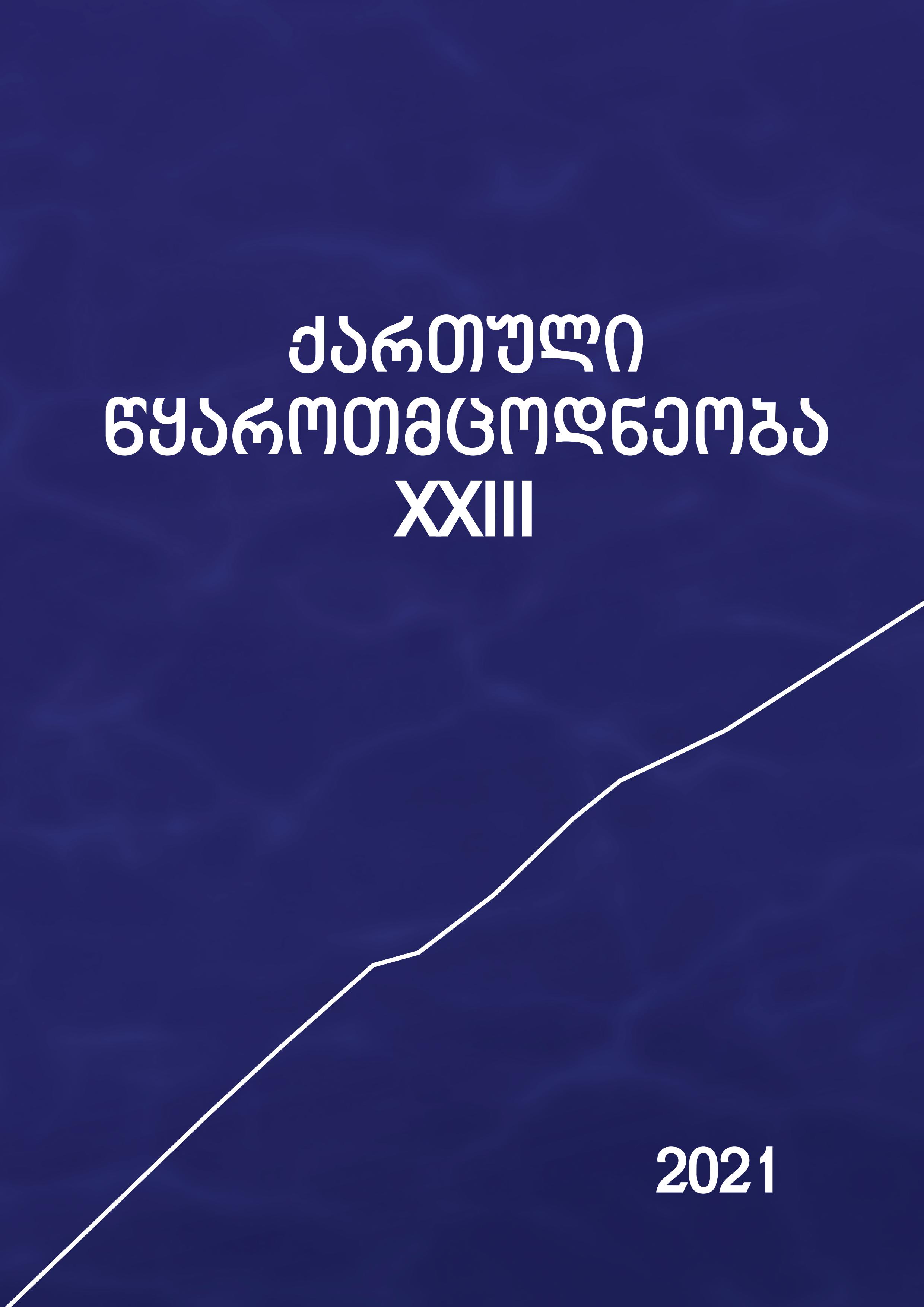Ossetians and Georgian identity in the Print Media (Droeba, Iveria, Tsnobis Purtseli)
Keywords:
Georgian identity, OssetiansAbstract
In the second half of the XIX century, the Russian government, distinguished by colonialism, threatened the Georgian identity with extinction. Colonialism was strongly directed towards the division of Georgian territories. For this purpose, the inhabitants of Georgian historical parts were named as nations of different origins and created a basis for internal controversy. Thus was created the so-called South Ossetia on the territory of historic Samachablo. This fact is confirmed by numerous newspaper correspondences.
The present study presents an ethnosymbolist approach to the study of Ossetians and the history of Georgian identity through the print media representation (Droeba, Iveria, Tsnobis Purtseli).
By observing numerous and diverse materials, the Georgian print media in the conditions of denationalization actively propagated and carried out a general campaign to protect the territory of identity, language and religion. It took special care to raise the level of education, for this purpose it supported all the initiatives aimed at opening parish schools. It tried to confirm the historical existence of the common Georgian culture by representing the Georgian cultural monuments. With wide discussions about the importance of memory sites, the media stirred up national sentiments among readers and called on them to protect cultural monuments. Through such activities, it helped Samachablo to strengthen the sentiments of unity with the rest of Georgia and to create cultural unity.
Downloads
Published
Issue
Section
Categories
License

This work is licensed under a Creative Commons Attribution-NonCommercial 4.0 International License.

